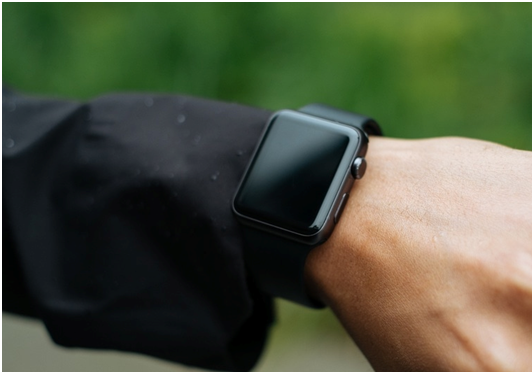 Image via Pexels.com
Image via Pexels.com
Wearable technology has remained a quiet revolution focused on athletic training applications few other devices can emulate. Ever since the first accelerometer was installed in a mobile phone, the vision for technology that can track, analyze and record kinetics has been in development. It was only a matter of time before other sensors and the software to utilize them became part of a suite of device enhancements that can provide useful telemetry.
Inventions
These are not new inventions by any stretch. Medical telemetry sensors have been in use since the space program in the 1960s. The difference now is that generalized software can be combined with specialized hardware to produce tools that athletes from amateur to pro can use to invent their own training program and track the data so they can measure their progress.
This kind of application shouldn't be too quickly overlooked. There are enormous implications for a device that can monitor human health and the effectiveness of a training program over time. Disciplines and academic fields from therapy to sports medicine to prosthetics can benefit from the kind of information these tools can provide, especially if they can be evaluated by highly trained specialists, medical professionals and accomplished coaches.
Wearable
Technology that can be worn rather than carried has had a rocky start. There are a lot of problems related to human nature that technology, for all its innovation and progress, is simply not equipped to solve. There is no math that can fix the fact that big electronic thing on your face makes you look silly. That said, those are solvable problems, and the companies advancing wearable technology insist the benefits outweigh the obstacles.
What manufacturers are learning is the process of combining their expertise with the knowledge and capabilities of the fashion and sports accessories industries alongside the types of life insurance benefits they can receive will not only train them to synthesize the strengths of the two, but to find ways to advance them both when building new applications of their technology and fashion.
Motivation
Companies like Intel contend that wearable technology designed to facilitate and enhance the process of athletic training can help motivate people to engage with their regimen in exciting new ways. The market for wearable sports-related technology is projected to increase dramatically between 2017 and 2020, with some companies estimating as many as 50 billion devices connected in an "Internet of Things" structure that may have a wide variety of applications of its own.
This trend towards wearable devices will probably get a faster start in countries like Japan, where the appetite for new and useful technology is well-established. Wherever athletic prowess is valued and celebrated, however, the capabilities of these applications will continue to advance.
Integration
Once the two elements of a great device are perfected, combining them becomes a literal question of form and function. Eventually, every product will require an "it also does" statement somewhere in its description. Integrating single-use devices is much easier for a manufacturer when they can mimic an already popular and useful product category. Headphones that monitor heart rate, for example, are going to be a much easier sell than a heart rate monitor by itself.
The marketing strategy for these kinds of products will be to get customers used to the idea of having biometric and medical telemetry options in their technology. If they become a popular option, then customers will start to look for them, and that will make the process of getting the two separate product categories integrated that much easier and far more lucrative for both the technology companies and the fashion designers.
The next step is likely to be haptics, where devices are simply woven into fabric and link up on their own to provide both tactile and telemetric feedback. Again, generalized software combined with specialized hardware will make these products a quicker sell, and if synthesis and integration can be successfully accomplished, they will become a consistent success as well.
Edited by
Stefania Viscusi